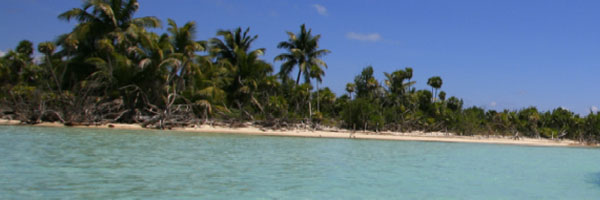 It’s official; I am a certified scuba diver. As a matter of fact, I am a certified SDI scuba diver. SDI stands for Scuba Diving International and is one of the most widely accepted certifications you can get. The training is intense, and you get to practice both in the pool as well as in open waters before you actually receive your certification. The classroom material spans four weeks, with each night ending in the pool.
It’s official; I am a certified scuba diver. As a matter of fact, I am a certified SDI scuba diver. SDI stands for Scuba Diving International and is one of the most widely accepted certifications you can get. The training is intense, and you get to practice both in the pool as well as in open waters before you actually receive your certification. The classroom material spans four weeks, with each night ending in the pool.
I took my classes right here in Indianapolis through Indy MPH Watersports. I found this location by simply searching for “Indianapolis Dive Shops”. They were the first one that came up, so I figured I would give them a call. They are actually located right down the road from where I live so it was convenient for me as well.
The pool where we did all of our training was located at Hamilton Southeastern High School. They have one end that is shallow, allowing us to work on some surface skills, while the other end is deep, allowing us to work on underwater skills such as fin pivots and hover skills. Below is a list of all the skills we had to not only practice in the pool but also show during our open water check out dives.
- Assembly and disassembly of our scuba system
- Self check and buddy check of all our dive gear
- Underwater communication using hand signals
- Reading and understanding the gauges on our computer.
- Clearing your regulator
- Partial and full mask flood and clear
- Auto and oral inflate of our BCD
- Demonstrate at least two entries (shore, giant stride, back roll)
- Hovering
- Controlled ascents
- Controlled descents
- Removal and replacement of weight belt
- Alternate air source
- Share air with buddy while making a controlled ascent
- Controlled swimming ascent
- Tired diver tow
- Cramp relief
As you can see there are a lot of skills that a diver must not only learn but must be able to complete once in the water. It is time consuming and is often overwhelming, but this is a new hobby that will last a lifetime and something I am glad to have gotten out of the way at such an early age. There really is no such feeling as being able to breathe underwater.
I finished my open water dives the weekend before Thanksgiving and let me tell you, the water was cold. We had to make four dives in two days, and we started at 8:00 AM each morning. On Saturday the surface temperature was 33 degrees Fahrenheit and the water temperature was 44. On Sunday the air temperature was 45 degrees, while the water temp stayed the same. But the water felt colder on Sunday. Our instructor later said it was because our core body temperature had not returned to normal yet. Needless to say, it was cold. We did get to wear seven-millimeter farmer John’s, hoods, gloves, and boots. But the water still manages to get in and I don’t care who you are, 44 degrees is cold.
But the hard part is over. Now it is time to dive for real. I will be making my first ocean dive in Aruba later this year and I can’t wait to see what lies beneath. As our instructor used to say, “I’ll see you down below.”



